Journal #12: Wet Beginnings
by Miles Raymer
I’ve made some notable progress since my last journal, but the most important recent development has nothing to do with my personal efforts: the rain has finally returned to Humboldt. In two weeks, we’ve had more rain here at the house than in the entire time since I began keeping a rain log in November (more than 4 inches). It is a great relief to watch the world drip, to see rivulets of earth’s lifeblood traveling wherever resistance is lightest. As a Humboldt native, I always feel there is something awry when this place stays dry for too long. It is a region that requires wetness. The rain signals something of a return to normalcy, although the great California drought continues to ravage much of the state. And on the horizon looms the greater reality for all of us: unpredictable weather, reduced snowpack in the Sierras, sporadic and torrential downpours instead of regular light rain––this is the new normal.
For my part, I have relished the opportunity to explore this soggy world. There are signs of new beginnings everywhere, plants soaking up water and preparing to send forth spurts of growth. Our new garden space is draining adequately in the heavy rain, but there are still some puddle spots. One became so big that I dug a ditch to drain it onto the lawn.
The ditch has worked well so far, and I am currently brainstorming ways to ensure that this excess water will eventually go toward nourishing some plant or small tree instead of just draining into the grass. Might be a good place for a dwarf fruit tree. And I’ve observed another natural drain in the northeast corner of the new garden; I am considering digging a pond there, or at least setting up some kind of berm (slow it, spread it, sink it). It’s a fair assumption that these long, heavy rains will only increase in tenacity over the years, so every little bit of water control can be an important part of flood prevention.
Ma and I have been planning to buy a new greenhouse for a while now, but it’s something we’ve put off because we want to see what we can do with our existing greenhouse. It’s small (6’x8′) and not in the best shape, but with a little work we have been able to get it back in working order. Over the years, the greenhouse has become more of a tool repository than anything else, so the first step was to get all our tools into another space so we could free up growing space. About a month ago, I realized that we had a small shed sitting under a tree near our extra parking spaces in the front yard. It had been there since my return to the US, but I hadn’t even noticed it. I opened it up and discovered it was empty, but clean enough, dry, and very sturdy––perfect for a tool shed. Sometimes the solution to a problem is right under your nose (or under your paragraph).
When I asked Ma about it, she said it was built by our friend Jesse Re, a local teacher and all around awesome guy. He used to hang his bike in there when he lived in a small trailer with minimal storage space, but didn’t have any use for it after he moved into a larger apartment. We called Jesse up and asked if we could use the shed, and he generously said we could go ahead. He even came over on a Saturday to help me load it into the truck and get it situated in the new garden.
I cleaned out the inside and put a bunch of screws in the frame so we could hang tools in there. So far, it’s working great, and now we have a lot more free space in the greenhouse.
Once that task was done, Ma and I wasted no time in cleaning up the workspace in the greenhouse and putting together a makeshift shelf for our greenhouse starts. We acquired some cinder blocks from Miller Farms in McKinleyville and laid one of the redwood planks left over from our raised bed construction across them. Nothing fancy, but totally functional.
For a summer garden, growing from seed in a greenhouse begins in February. Last Sunday, I planted leeks, broccoli, and chamomile. I really enjoyed digging the seeds out of the bag and finagling them into the soil. I’m a little embarrassed to say that the last time I remember doing something like this was in kindergarten (the John McCutcheon song comes to mind: “Remember the seed in the little paper cup: first the root goes down and then the plant grows up!”). I definitely recaptured that childish sense of wonder as I used tweezers to pick tiny seeds from the palm of my hand and drop them into shallow indentations in the potting soil. Though in many ways it’s one of the simplest facts of life, I still find it somewhat hard to believe those little packets of life will sprout into full-fledged plants with enough time and care. I am excited for spring!
Another wet beginning involved converting our muddy paths in the new garden into walkable spaces. In the past, we’ve used weed mat and redwood chips for this sort of job, but this time around I wanted to see if we could reuse something instead of having to purchase the weed mat. Like so many recent answers, this one came from Shail at Tule Fog Farm. They use burlap sacks to designate the walkways in their small food forest, and they work great. Shail told me that you can usually get the sacks for free from local coffee roasters, so last week I decided to call around. The first few calls I made resulted in polite dismissals––quiet chuckles from the proprietors made it clear that these sacks are in high demand. But with a little persistence, I was able to find a local roaster with available sacks: Gold Rush Coffee. Located in Petrolia, a location one of the roasters endearingly described as “the end of the world,” these friendly folks offered to send a bunch of sacks to their Eureka location so I could pick them up there. I’m deeply grateful to the people at Gold Rush for their generosity and willingness to accommodate my requests. Next time you have a chance, go out and buy some of their coffee!
I’m not completely finished after two separate burlap infusions, but I’m getting there. I was able to get the sacks laid out before the heavy rain began, so now they are nicely tamped down.
I’m trying to avoid covering every bit of soil near the beds with burlap and chips, a scenario that Brock at OAEC described as “life, death, life,” but I think it will take me some time to find a good balance. I want to have plenty of room to move between beds without having to worry too much about weeds (this also makes it easier for Ma to get around out there, and accords with her aesthetic preferences), but I also want to maximize existing edge space to boost my garden’s diversity and productivity. One way Ma and I are already planning to do this is to plant strawberries on the inclines that we created when we cut into the south side of the lawn. Evolved to grow on sand dunes, these regional natives like to occupy a non-level surface. If we can acquire some more sacks, it will just be a matter of cutting holes in them or leaving space between sacks for the strawberries. Then we can cover the remaining space with rice straw and mulch.
Something I appreciate about the burlap is that it is easy to adjust once it has been laid out. Moving one or two sacks to make room for a new plant or small tree is no problem at all, whereas cutting into or rearranging a long sheet of weed mat can be a real pain in the ass. I look forward to covering the pathways with a nice layer of redwood chips, and also to finding future ways to populate this space with lots of beautiful and edible plants.
Earlier this week, I was able to get the second two raised beds filled with topsoil, horse manure, and compost. So much new growing space!
I’ve saved the best for last. Even though I wrote about it in my last journal, I want to say a bit more about the deep pleasure I’ve begun to derive from fruit tree pruning. I’ve now pruned all the fruit trees on our property and five additional trees for our friends John and Amy down the road. I used the money from that job to buy a pair of Felco pruning shears, which are expensive but top of the line. Big thanks to our friend Chris for teaching me the ropes and also lending me one of his ladders for a couple weeks so I could finish the job.
My introduction to the pruning process has revealed it as something of a perfect natural activity. I enjoy it more than any other skill I’ve learned since returning from Japan. As far as I can tell, good pruning requires an ongoing balance between imagination and reality assessment. I have to meet the tree on its own terms and then integrate my desires into its existing structure. Instead of doing this in a completely anthropocentric way (as with leveling the lawn for the new garden or clearing brush for the house site), I apply my desire in a way that attempts to harmonize with the tree’s needs and natural growth. This may sound silly, but pruning feels a bit like helping the tree realize its essence. It’s similar to the approach taken by a good therapist or counselor: patients already possess their own answers, but you can help bring them to the surface.
Whether working with internal or external landscapes, there’s no way to escape our nature as organizing creatures. But taking that impulse to its extreme has too often resulted in concrete jungles instead of sustainable, regenerative life systems. In its small way, tree pruning is like training your brain for the larger battle of living with and amongst the plethora of other living things on earth. We are never going to stop manipulating our surroundings, but we have to learn to do this in a way that supports the flourishing of our fellow critters and plants. Pruning is a fascinating and enjoyable way to get oneself accustomed to that mindset. I want to continue to learn more about it, and hopefully take a class or two to develop my knowledge in the future. I’m particularly happy with my work on this tree:
And finally, it’s lambing season at Tule Fog!
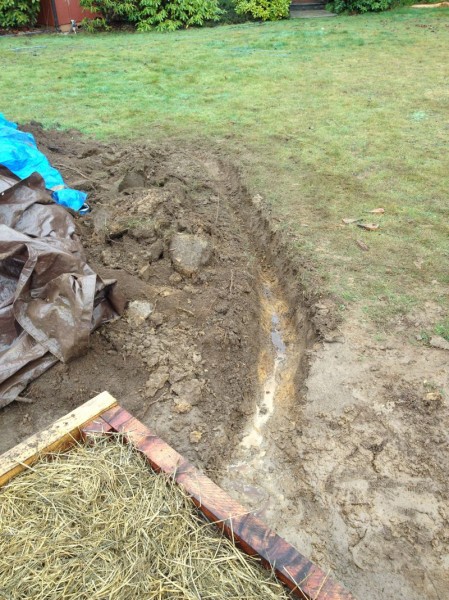
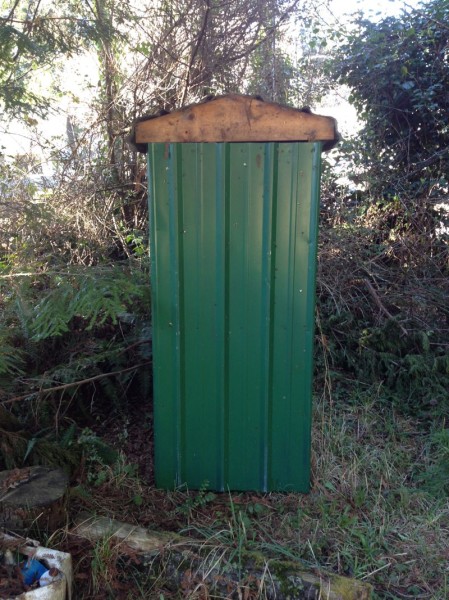
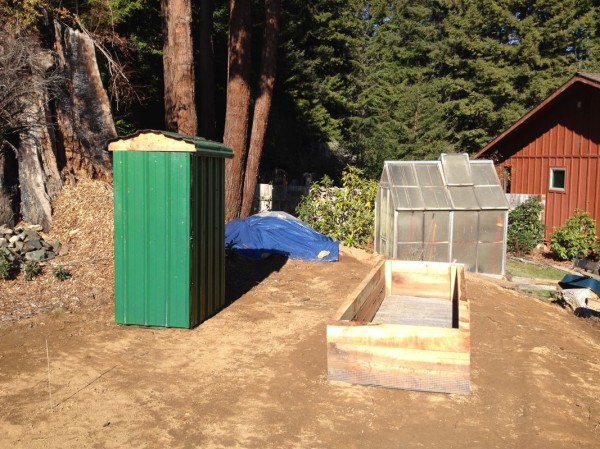
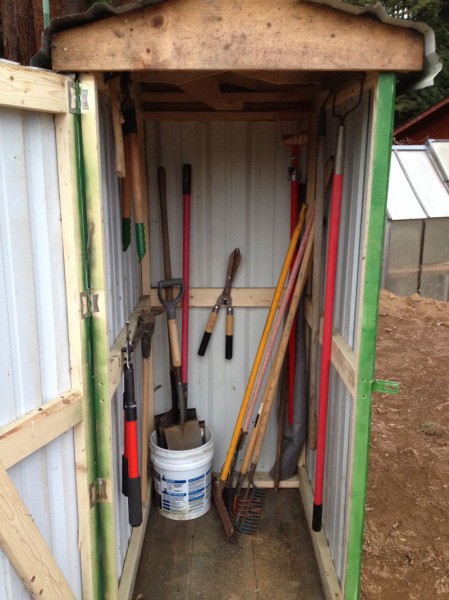
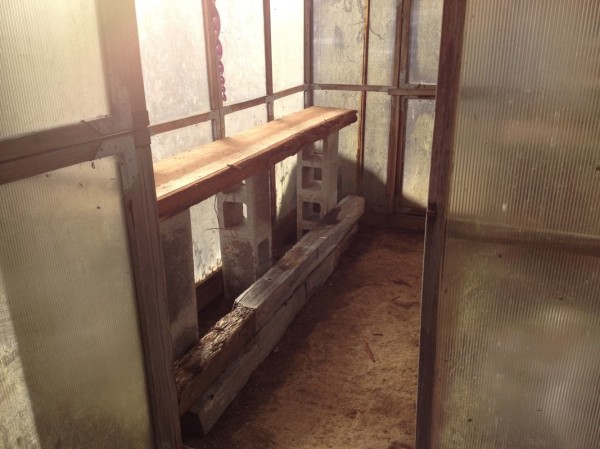
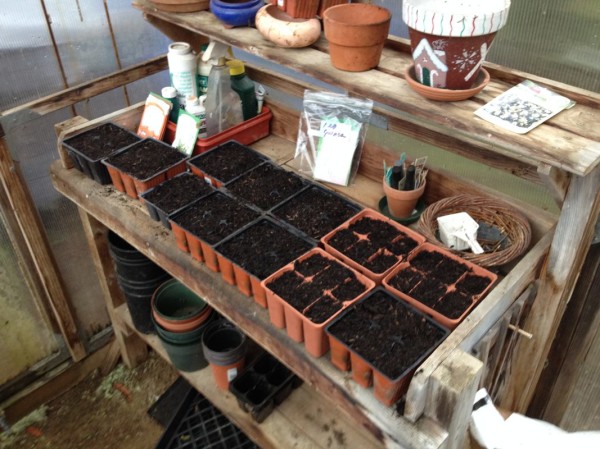
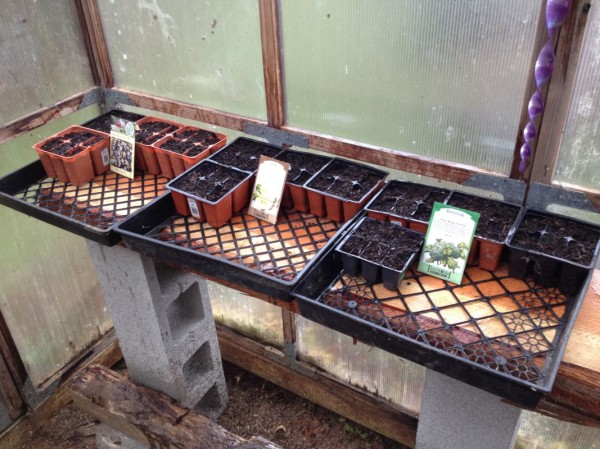
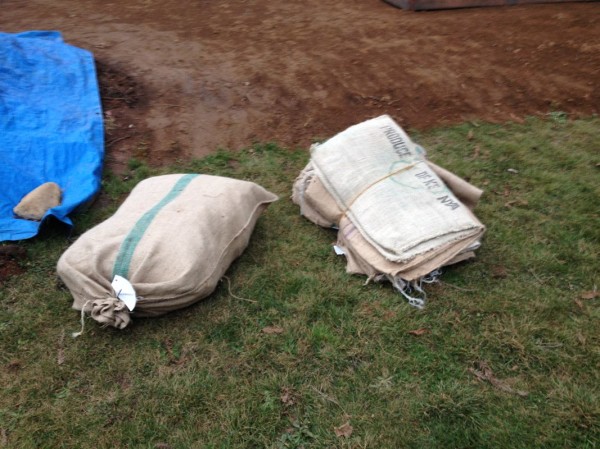
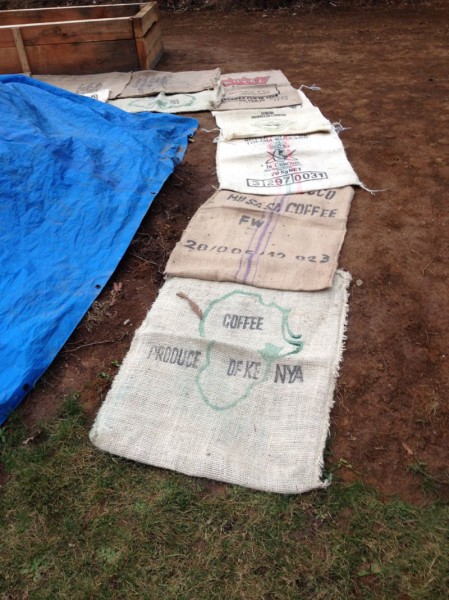
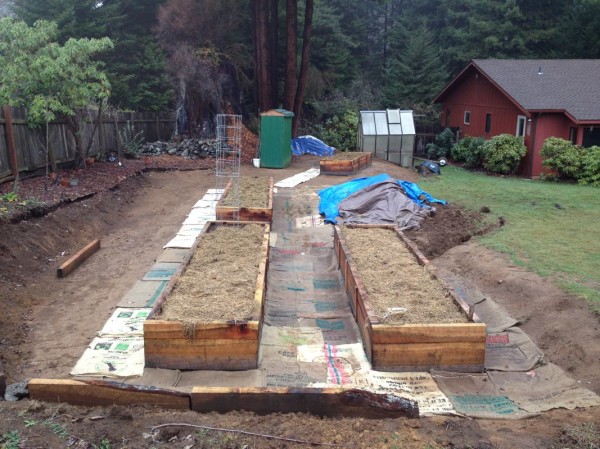
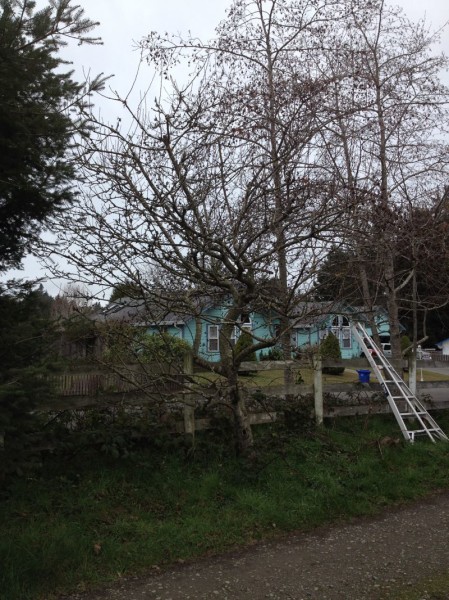
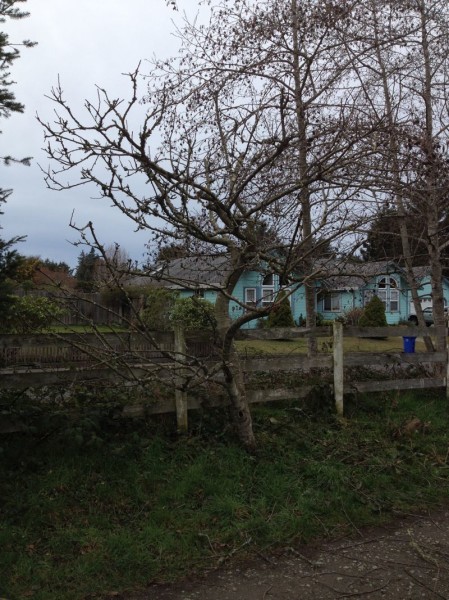
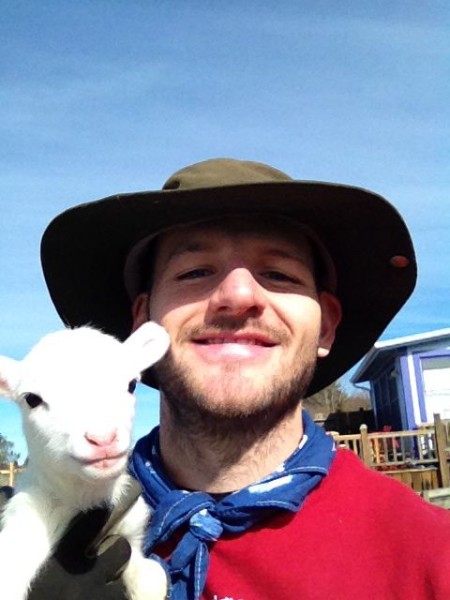
[…] my recent puddling problem into an irrigation solution. I re-dug my existing drainage trench (see Journal #12) and turned it into a swale that will now direct the runoff from the garden puddle and sink it into […]